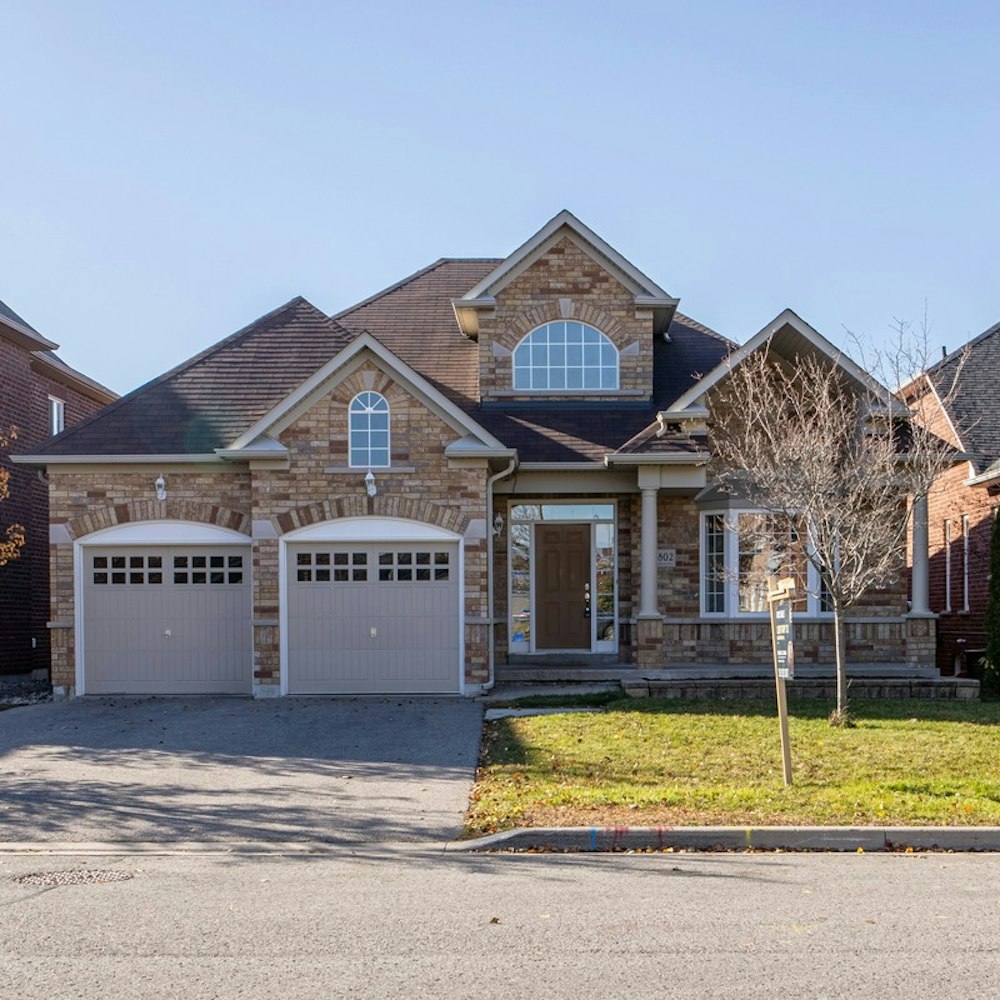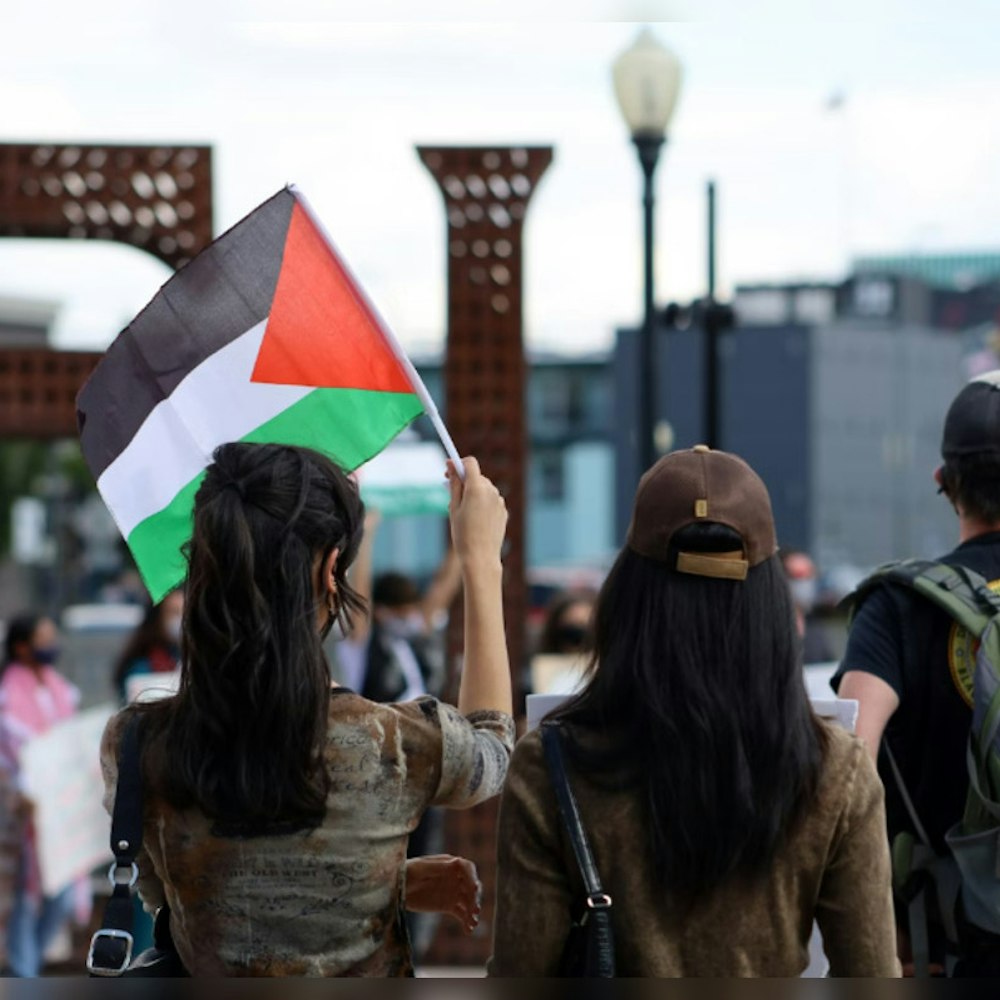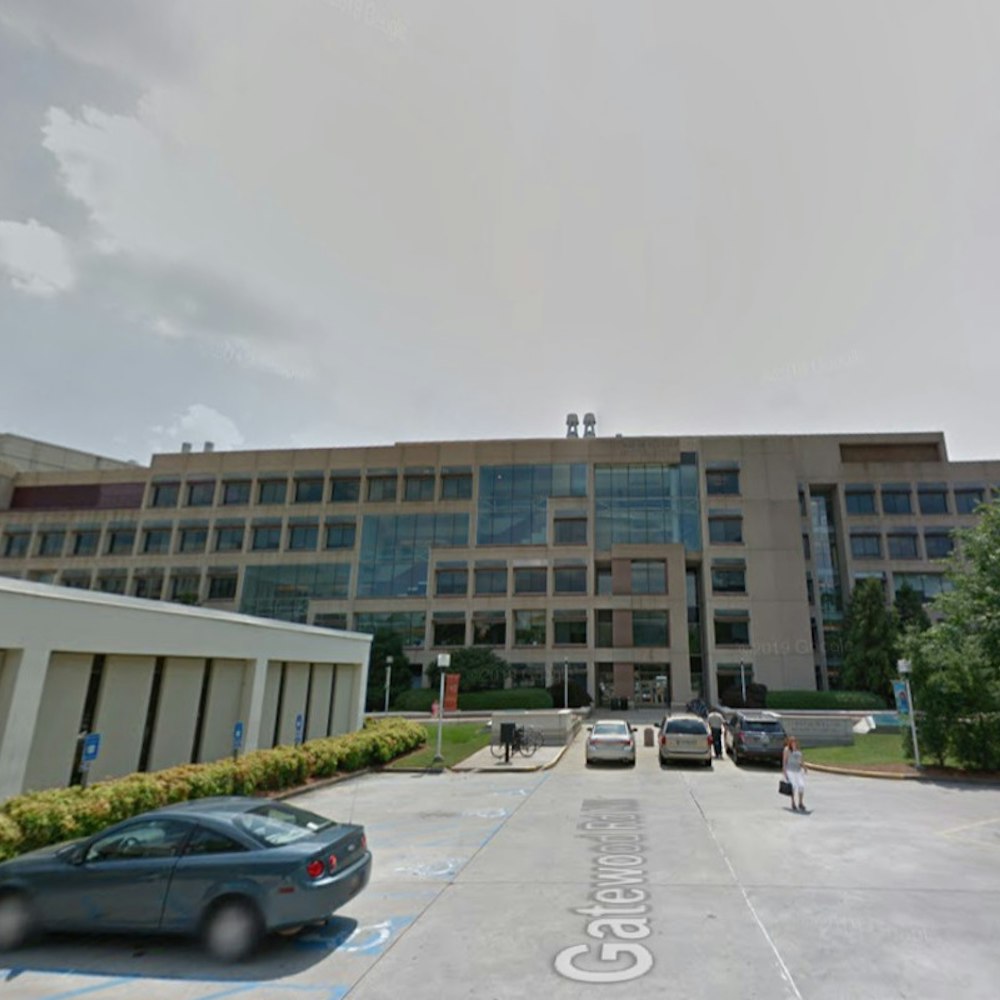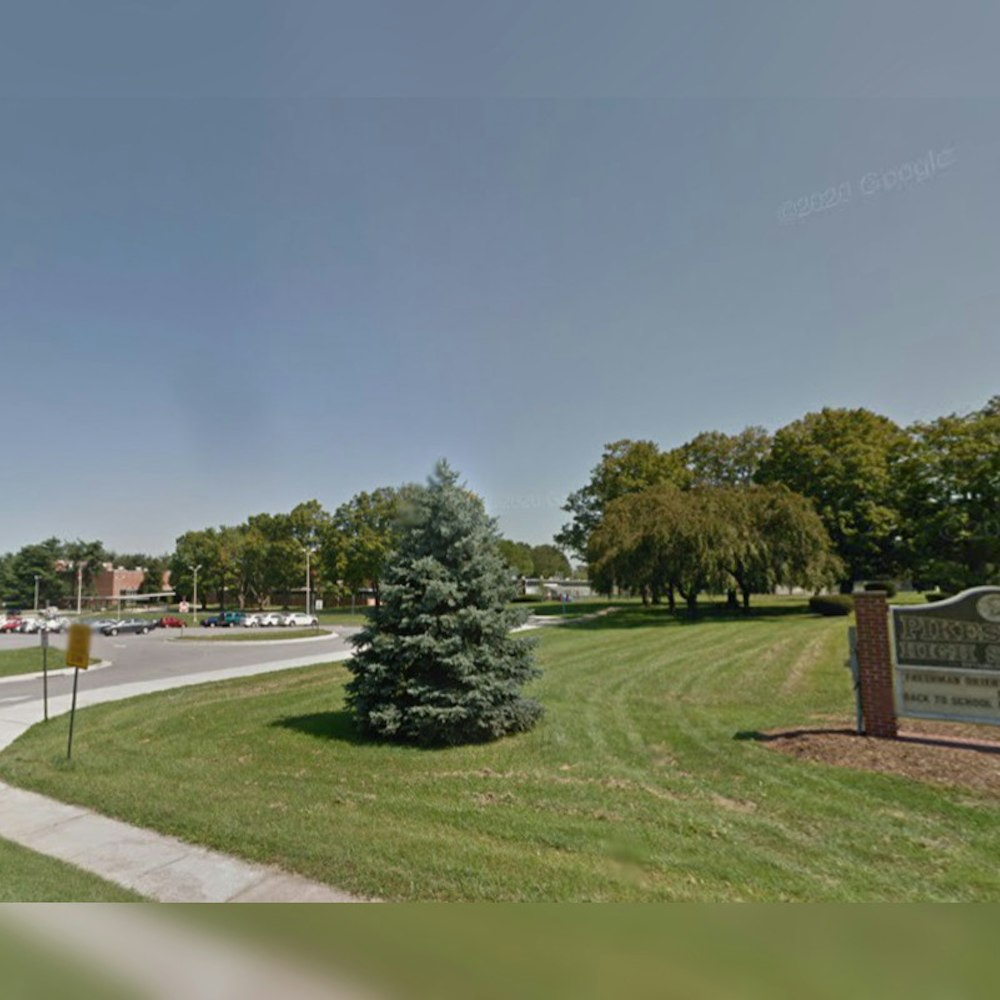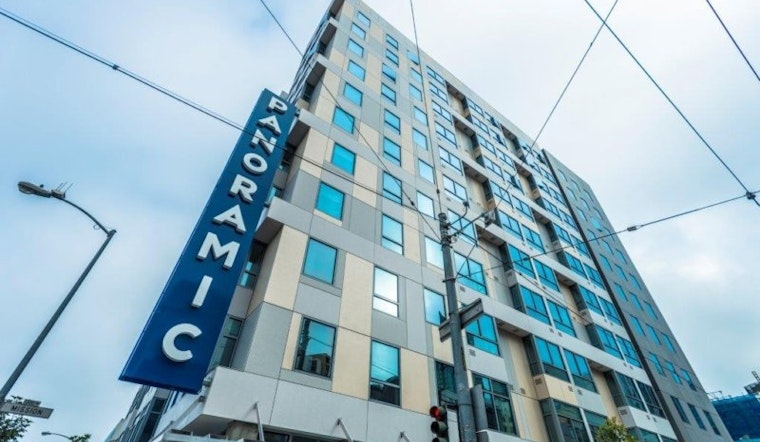
It’s been roughly a month since the city of San Francisco announced its intention to buy four hotels around the city and convert them to supportive housing for the homeless population. And thanks to the 2018 Prop. C “homeless tax” measure, and state and federal Project Homekey funds, buying these properties is the easy part. Getting the neighborhoods’ residents to accept these facilities is proving far more difficult.
We’ve already seen substantial neighborhood opposition force the city to hit the brakes on the Japantown hotel conversion of the Kimpton Buchanan Hotel. The same may be happening with another of the four properties. The Panoramic SoMa at Ninth and Mission Streets is not a hotel. It was built to serve as student housing and housing for those landing in the city with limited incomes, offering micro-units with shared kitchens and common areas. But at a Wednesday night community outreach meeting held over Zoom, most SoMa residents who logged in were not at all supportive of making its 160 units supportive housing.
Please register and attend this zoom on 9/15 or #SF will turn the Panoramic apts into a homeless hotel. You know, just down the street from that Meth sobering center. https://t.co/UmTnAuOj37
— CleanUpSOMAWest (@CleanUpWestSoma) September 13, 2021
An anonymous neighborhood flyering campaign, first reported by Broke-Ass Stuart, warned in advance of the meeting that “Whether you’re housed or not, your safety is in jeopardy. Over 200 people could be moving into the neighborhood with no oversight whatsoever.” This was a sign of the tone to come in the Zoom meeting, which was pretty much all public comment.
A few commenters supported the conversion, hailing how it would provide “a stable place and a door to lock,” particularly for homeless families in the Panoramic’s multi-room units. But most residents voiced complaints that the conversion would “further defile one of the most degraded blocks” in the city, and that their area is already a “perpetual punching bag” that bears “the brunt of the homeless crisis.”
“It’s a mess, every day of every year,” said SoMa resident Jay Shah. “Liquor, beer, marijuana shops, these are all gateway drugs.” (There are three cannabis dispensaries within a block of the property.) “I don’t think this location is the right location to make a positive change in San Francisco.”
The location in question is 1321 Mission Street, and would offer 160 units, 40 of which are three-bedroom suites that have private bathrooms, kitchens, and multiple bedrooms that supporters say are ideal for homeless families.
“We have really little opportunity to get these kinds of buildings where we have multiple bedrooms where we can serve families,” said Coalition on Homelessness executive director Jennifer Friedenbach. “We have thousands of children in San Francisco that are experiencing homelessness, but we have very few large units. Three bedrooms. It makes a huge difference for large families, [there are] very few options for them.”
Another nonprofit leader agreed. “Homeless children suffer illnesses at twice the rate of the general population,” said Compass Family Services director of external affairs and policy Mary Kate Bacalao. “In one study, 10-26% of preschoolers in homeless families had mental health problems serious enough to require clinical evaluation. Among school-aged children, that number jumps to between 24 and 40%.”
Those not employed in the nonprofit services field had different perspectives. “I live at the intersection of Ninth and Mission, I’m looking at the Panoramic right now,” SoMa resident Ashley Slate said at the meeting. “Every day I’m confronted with how fragile my own safety is. I’ve been attacked twice since our last meeting.”
On the topic of Department of Homelessness and Supportive Housing (HSH) units, Slate claimed she’d conducted her interviews with residents of other facilities. “Violent people are placed next to nonviolent people. Addicts are placed next to people that are in recovery. And families are laced next to sex offenders,” she said. “A mother told me that her children were forced to live next to a man that was last arrested for raping his own toddler.”
Another resident who identified herself as Kristin, and lives directly across the street, had similar concerns about the project’s potential unintended outcomes.
“These are micro-units,” she said. “Where do you expect these individuals will go during the day? Especially the ones with mental or addiction issues. While unhoused individuals don’t equate to criminals, it does tend to attract individuals such as drug dealers hanging out outside. This makes our streets unsafe. It’s unsettling to walk by crowds of individuals on the sidewalk, junkies shooting up, dealers just itching for that next sale, people screaming and threatening.”
But there was some degree of neighborhood support. “I’m so excited to welcome my new neighbors into permanent supportive housing,” SoMa resident Dilara Yarbrough said. “Permanent supportive housing will not cause crime, and it will actually make our neighborhood more safe, particularly for our most vulnerable neighbors.”
And the property already has a number formerly homeless individuals living at it, who spoke to how well they think the facility works in that capacity. “The drug sales and use, the crime in this area has no bearing on this building,” according to Panoramic resident Jarvis Carpenter. “No one here in this building is responsible for the crime and drug use in the San Francisco area. It’s unfair for them to say that concerning this building and the residents here.”
Crime concerns were the fundamental topic of the two-hour meeting, but several spoke to a concern of an unfair association with supportive housing and crime.
“Putting people in housing, particularly families, is not going to increase the crime. The crime is there anyway,” said commenter Joseph Donohoe. “How you deal with that is oversight. Progressive policing and case management, and resources pumped into a building. I’ve seen buildings in the Tenderloin which are not crime infested, because people care and professionals have gone in there.”
But even at two hours, the meeting ended with several commenters not getting a chance to speak. Commenters complained that nonprofit employees were given speaker priority, and that Supervisor Matt Haney was not present on the call. (Haney’s legislative aide Honey Mahogany was present, spoke briefly, and recorded feedback.)
There will be more opportunities for feedback. The purchase and conversion of the Panoramic will still have public comment sessions when it goes before the Board of Supervisors’ Budget and Finance Committee, and then full board. But the process has to move quickly, as the purchases need to close by the end of the year for the city to receive the matching Project Homekey funds required to finance the deal.
And that hurried pace bothers some SoMa residents. In the words of a caller who identified herself only as N:N, “A new donut shop opening in San Francisco faces more scrutiny than this project.”
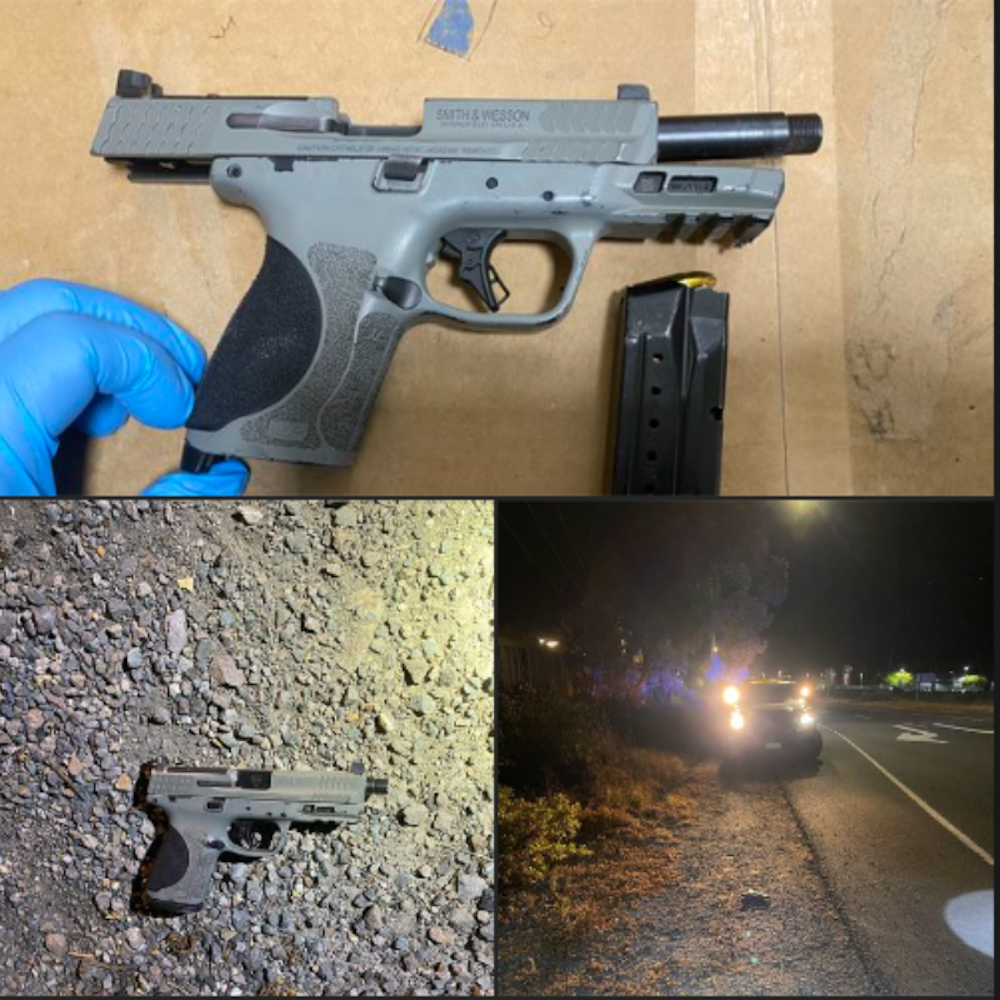

-2.webp?w=1000&h=1000&fit=crop&crop:edges)
